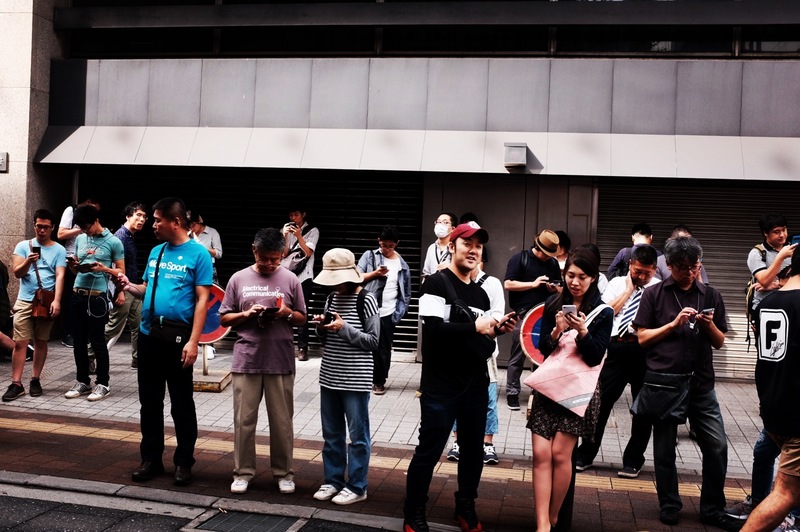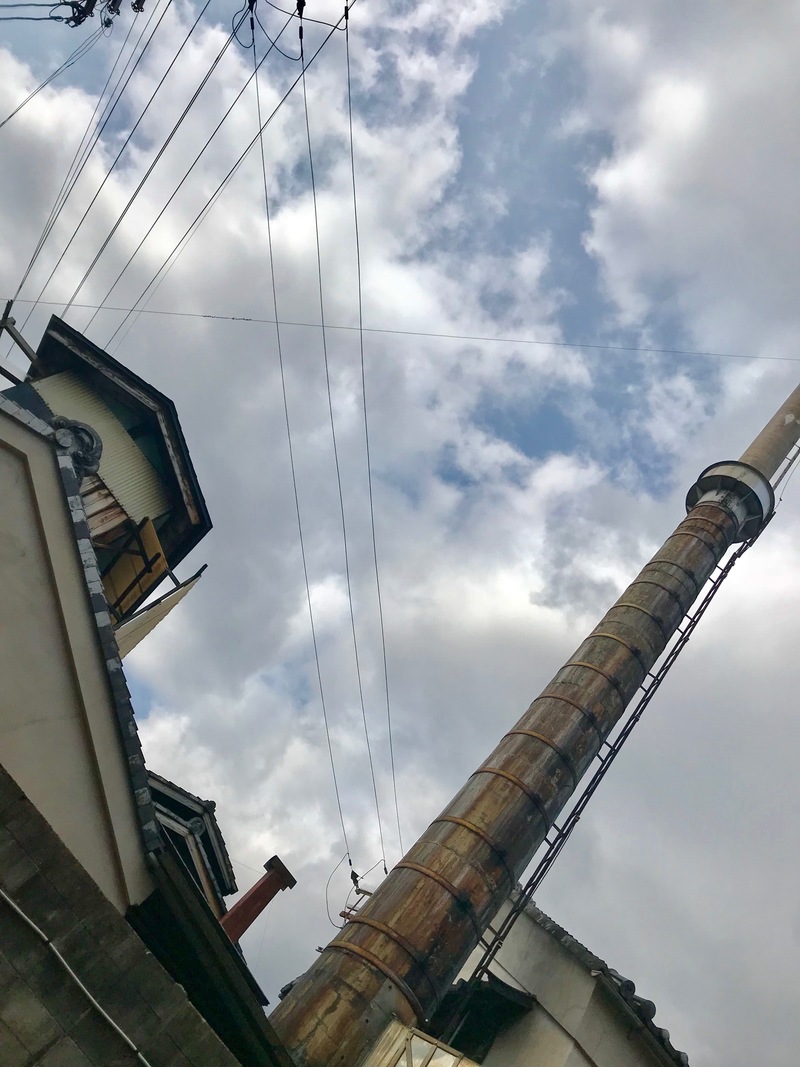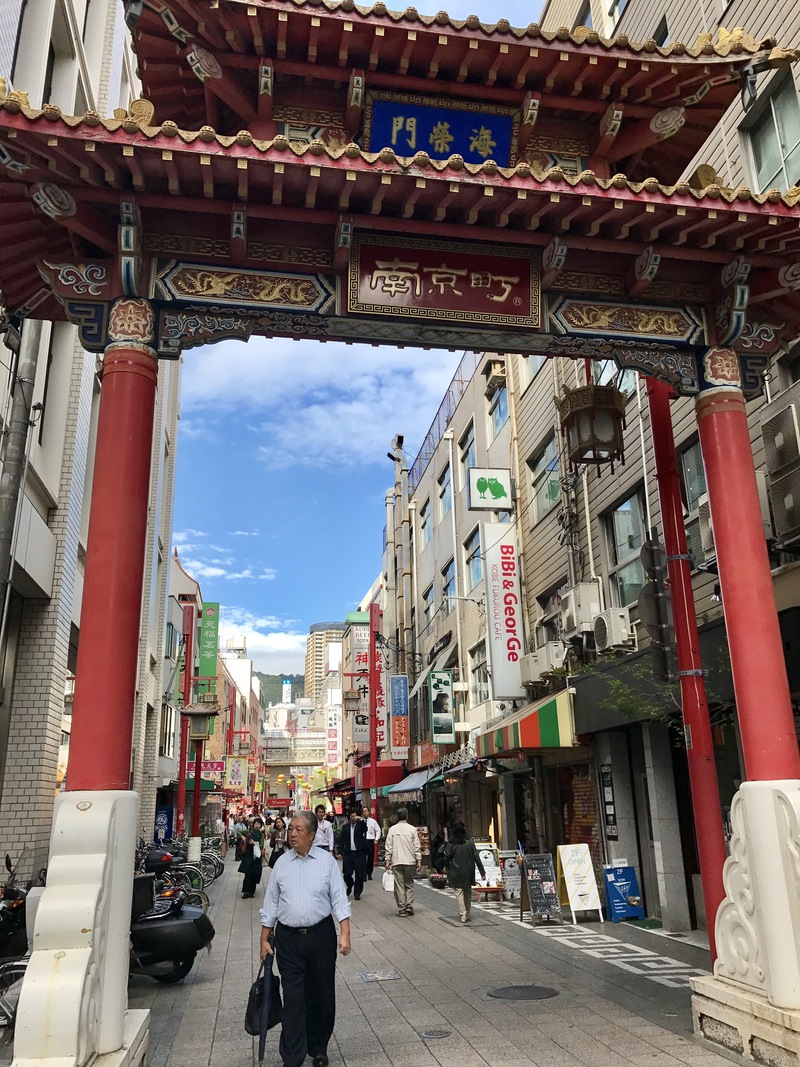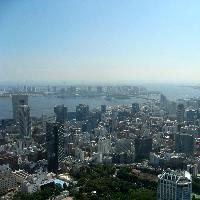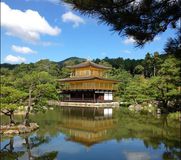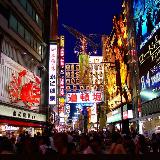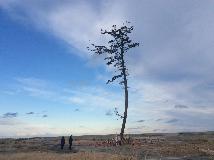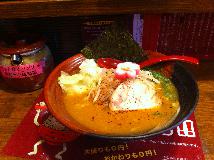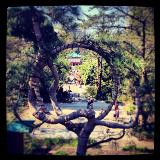Ochanomizu is an area in central Tokyo that is located near several major universities: Meiji University, Tokyo Medical and Dental University and Juntendo University (Ochanomizu University moved to another part of the city after the 1923 Kanto Earthquake. Tokyo University's Hongo Campus is a short distance away).

The Main Pedestrian Crossing in front of JR Ochanomizu Station. The Music Store Hub begins as you walk up to the left of this exit and continues for several blocks.

Shops specialise in guitars, keyboards or even ukuleles!
The retailers in this area cater in part to a large university clientele, including 18-21 year old students. Two main streets off the JR Ochanomizu Station have developed as a centre for music stores, focussing on the youth market. These two streets, which create a lopsided cross to the north of the station (refer to google maps), are filled with shops that sell new and used equipment: electric and acoustic guitars, amps and other guitar accessories, keyboards, sheet music, and drum kits.
While many shops offer a mix of new and used equipment, some specialise in used equipment. Their store windows create a street landscape of both beauty and sadness, for the guitars lining the windows represent the lost aspirations of many young musicians who had to sell their beloved instruments. During my visit in October 2013 I couldn't help but notice how many of the would-be-guitarists were Led Zeppelin fans, as the sunburst Gibson Les Paul model (of varying levels of quality and price) made famous by Jimmy Page in the 1970s, was the most frequently relinquished model!

A used guitar shop in Ochanomizu
The recording below was taken outside one of the larger shops in this area, a store that is associated with a major Japanese guitar brand, ESP. While it is not unusual for stores to play recorded music into the street, or for sellers to beckon customers using mics, this store's sonic presence was very loud, for it was closely bound to their product and its lifestyle. The rock and roll lifestyle was represented by the music (by Black Sabbath, loudly played both outside and inside the store), and by salesmen wearing the rock and roll 'uniform' of black T shirts and jeans, shaggy hair and chunky silver chain accessories. Inside the store, potential buyers crouched over practice amps, plucking out lines on their aspirational guitars, some with amateur hesitation and others with professional ease. Between the recorded background music and the sampling of guitars, the store's sonic atmosphere was thick with electrical vibrations. The staff with whom I interacted inside the store were, despite their tough exterior, exemplary in their customer service. They looked rough, but their language was polite and their attention focused, but we had to speak quite loudly and repeat ourselves frequently to be heard over the background noise. After much polite shouting about differences between brands, I made a purchase.
As a comparison, I also visited a shop in another Tokyo district known for its music stores: Shibuya (in Sakuragaoka-cho). This shop, however, was not so much targeted at aspiring students as it was meeting the needs of an already-arrived collective of professional musicians. Its stock was much smaller than most of the shops I visited in Ochanomizu, but was of much higher quality and price. This store's staff were also dressed in the 'uniform', with faultless service, but with one strking difference: the store was completely silent. This was in part because there were no customers there during my visit; as a high end store, there seemed to be very few walk-in browsers. When I commented to the salesman that his store was very nice, but so quiet compared to others I had been to, he replied cooly 'Of course. How else can we hear the customers' requests? And how can we discern the quality of the products' sounds?' Clearly, the Ochanomizu store used sound to create an atmosphere that beckoned amateurs to purchase a part of the rock and roll lifestyle; at the Shibuya store, silence was essential to allow the professional to make refined distinctions between products. ( A recording of this silence can be found below, made by Thomas Baudinette)
Click to Play Sound: Shibuya Guitar Shop
Photographs: Carolyn Stevens
Recording: Carolyn Stevens
Text: Carolyn Stevens
